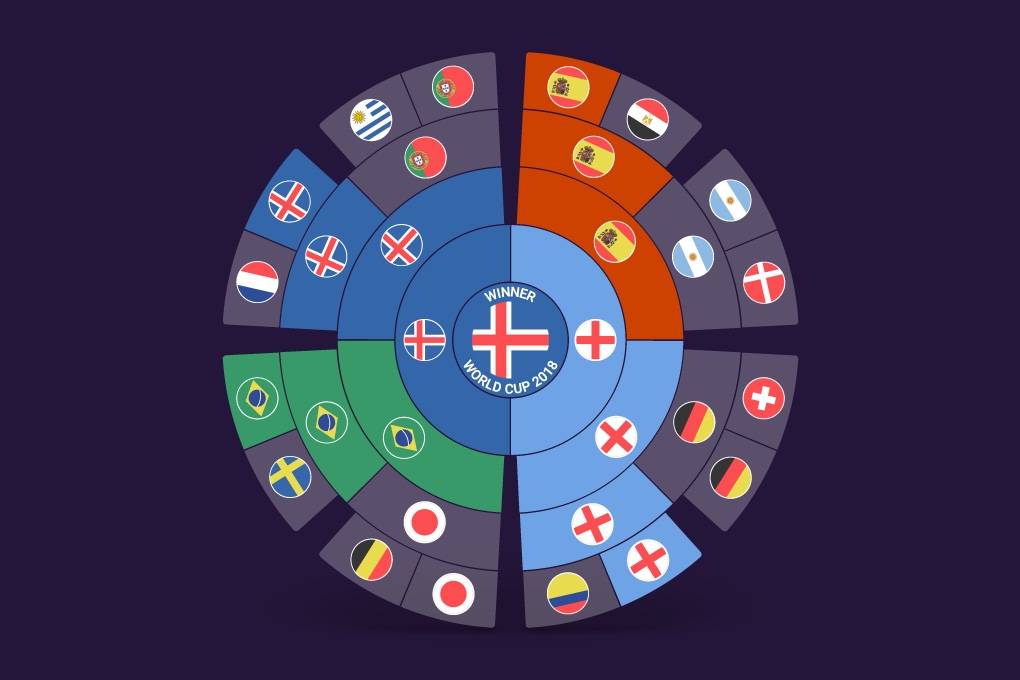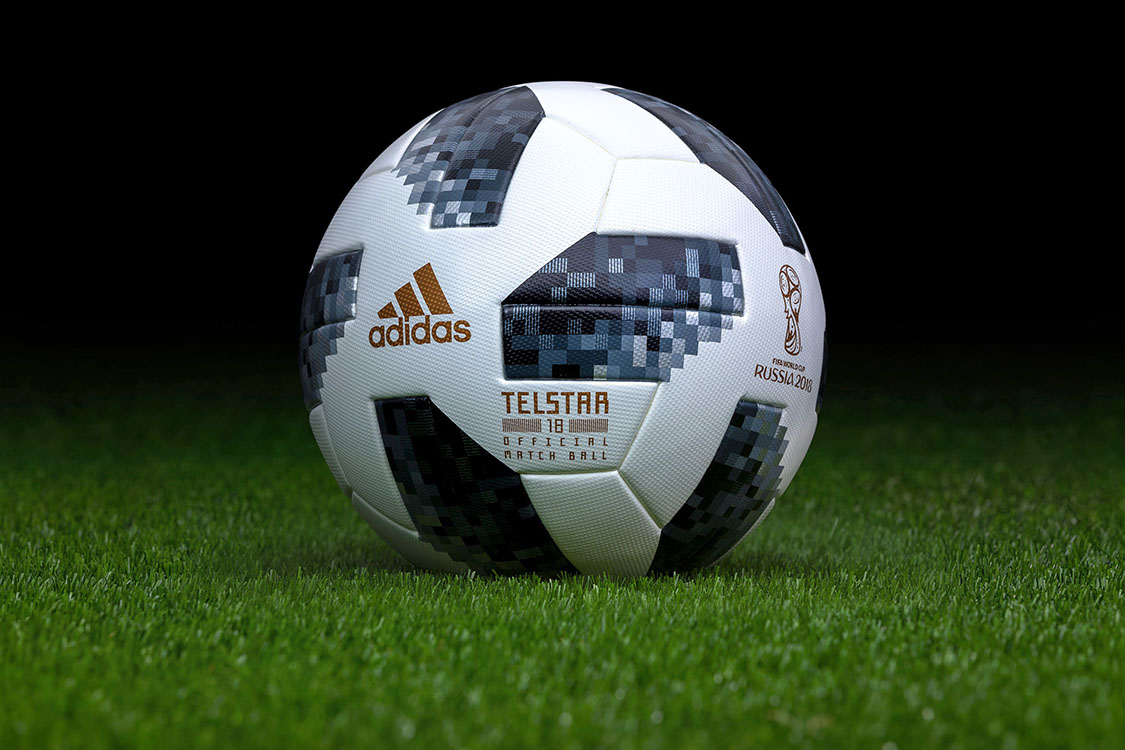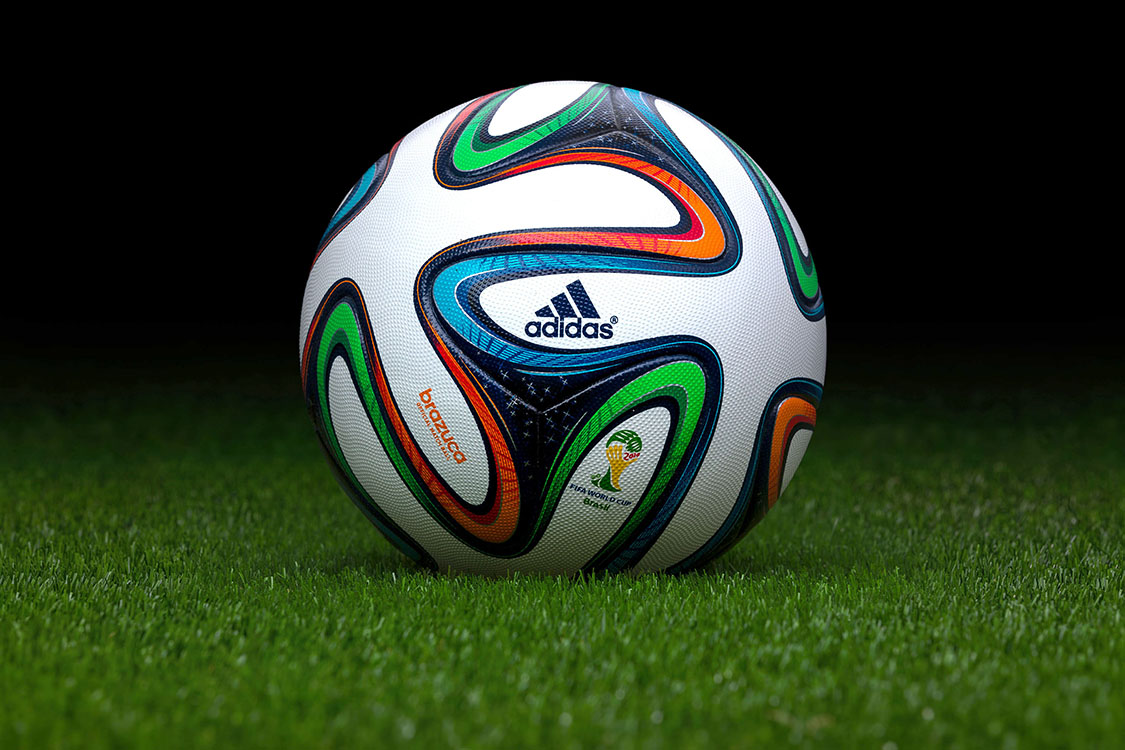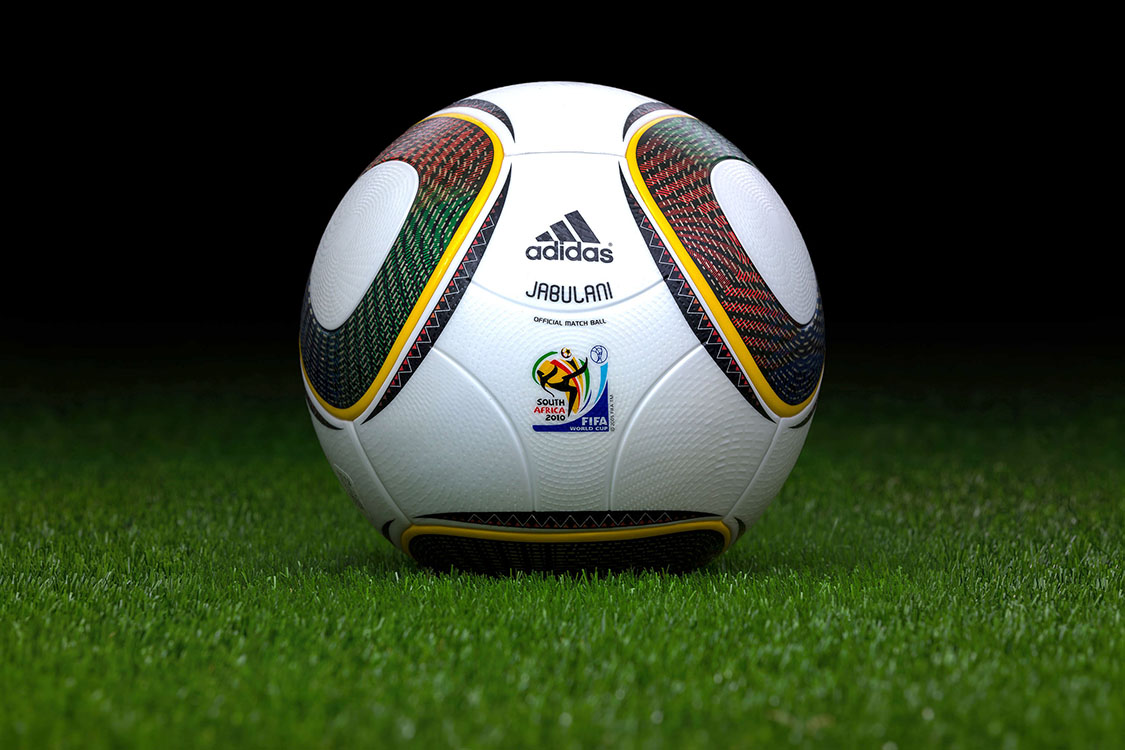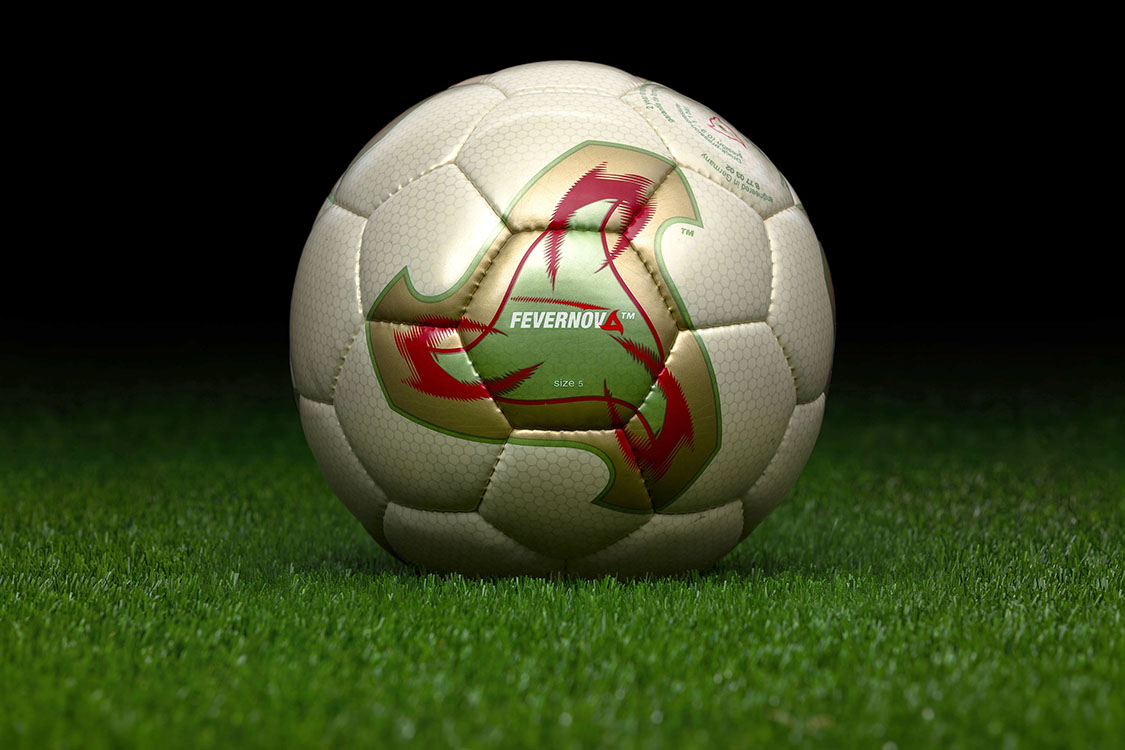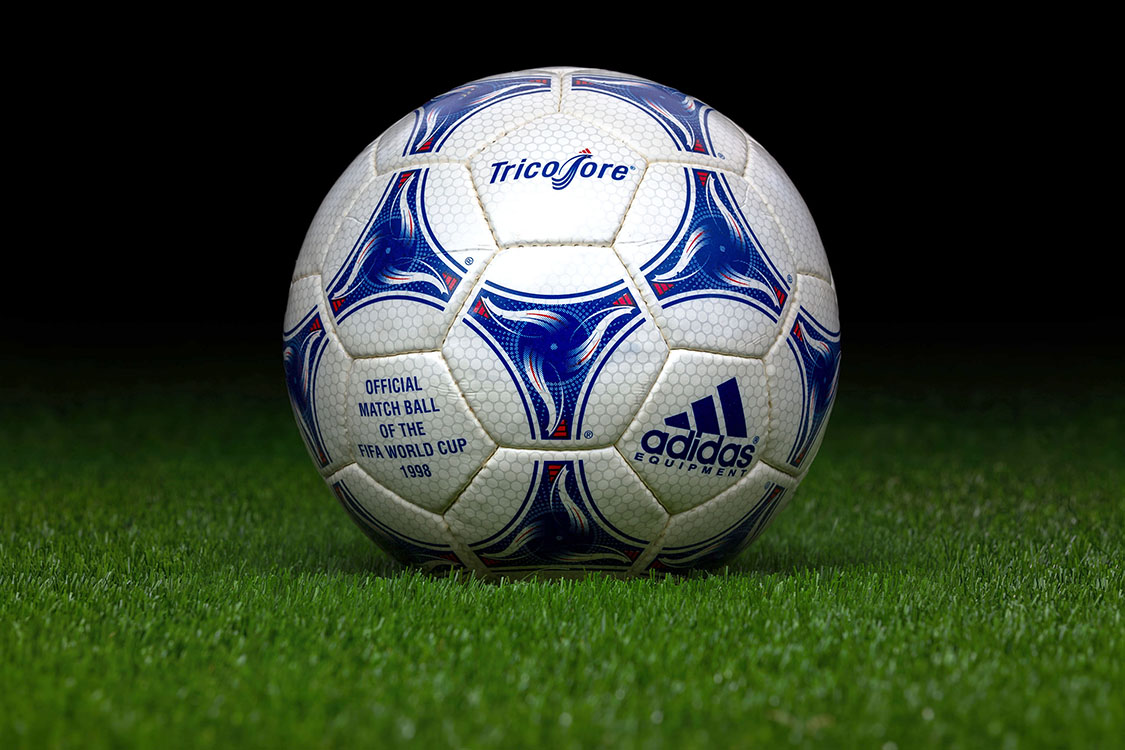World Cup fever is too contagious to miss out on. Get involved with FotMob’s World Cup Predictor to create your predictions, share your custom prediction graphic, and make every match matter.
You can make your predictions in the Predictor tab in our new World Cup mode (tap the “Russia 2018” button in the bottom right of the Matches tab), or on the FotMob website. Once your predictions are set you can create a league to compete against friends.
Get previews of each World Cup match day in your inbox. Sign up for our World Cup Today newsletter.
